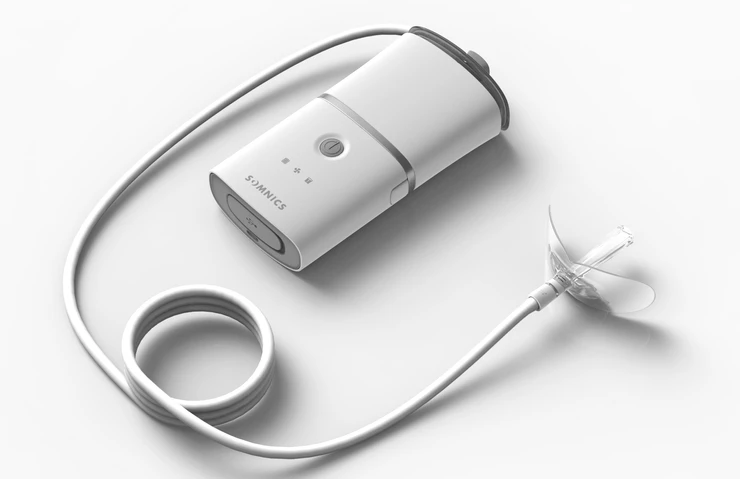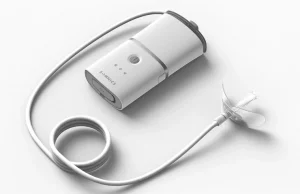
If you have been working in the past two decades in the medical device industry, you would have witnessed a vast evolution in the realm of sleep medicine. One area that has been particularly dynamic is the treatment of Obstructive Sleep Apnea (OSA). While Continuous Positive Airway Pressure (CPAP) machines have been the gold standard, many are on the hunt for alternatives to CPAP treatments.
OSA is a condition where the soft tissue in the upper airway relaxes during sleep, causing a blockage. This often results in periodic pauses in breathing, leading to sleep disturbances.
The CPAP machine works by delivering continuous air pressure, keeping the airway open. Yet, not everyone can tolerate a CPAP machine. So, what are the treatment options available?
1. Lose Weight, Gain Sleep:
One of the significant risk factors for OSA is excessive weight. A direct correlation exists between weight and the severity of sleep apnea symptoms. So, if you want a non-surgical solution, consider weight loss as your frontline defense. Shedding those extra pounds not only improves sleep apnea but also boasts an array of additional health benefits.
2. Oral Appliances: Comfort Meets Treatment Moving away from bulky devices
Oral appliances have emerged as a favorite among OSA
patients. Resembling dental retainers, they adjust the position of the jaw and tongue, preventing the soft palate from collapsing and obstructing the airway. They are especially recommended for mild to moderate cases.
3. Going Beyond CPAP: Bilevel Positive Airway Pressure (BiPAP) Device
While it sounds like its close cousin, a BiPAP device differs in operation. Unlike CPAP machines that provide consistent pressure, BiPAP adjusts the pressure based on whether you are inhaling or exhaling, making it a more comfortable alternative for some.
4. Tonsils and Adenoids: A Surgical Perspective
In some cases, especially among children, enlarged tonsils and adenoids are the culprits behind
OSA. Removal of these can often resolve the issue, clearing the path for uninterrupted
breathing.
5. Hypoglossal Nerve Stimulation: The Future Beckons
One of the most exciting advancements in treating sleep apnea is the concept of hypoglossal
nerve stimulation. It's a device implanted in the chest, which, upon detecting a halt in
breathing, stimulates the nerve controlling the tongue's movements. This ensures the tongue doesn’t block the airway. A literal lifesaver!
6. Maxillomandibular Advancement (MMA): A Structural Shift
MMA is a surgical procedure wherein the upper and lower parts of the jaw are moved forward, expanding the space behind the soft palate and the tongue. This architectural shift reduces the risk of airway collapse, especially in patients who cannot use or haven't benefited from a CPAP
machine.
7. The Magic of Negative Air Pressure: iNAP
In the ever-evolving landscape of sleep apnea treatments, the introduction of iNAP has been nothing short of revolutionary. The iNAP system harnesses the concept of negative air pressure to create a vacuum within the oral cavity. This vacuum keeps the upper airway open, providing
a unique and non-invasive solution to the common challenge of airway obstruction.
What sets iNAP apart is its applicability across the spectrum of OSA severities – be it mild, moderate, or severe. It’s minimalistic and non-obtrusive design ensures that patients can breathe naturally and sleep comfortably throughout the night.
In Closing:
When seeking the right treatment for OSA, patients now have an arsenal of options, from the traditional CPAP machine to innovative solutions like iNAP. With advancements pouring in, the future looks bright for those struggling with sleep apnea. As always, ensure you have a detailed conversation with your healthcare provider to decide the most suitable path forward.
Sweet dreams and peaceful nights to all!




